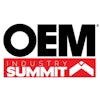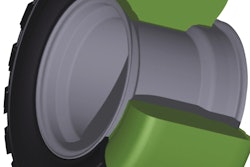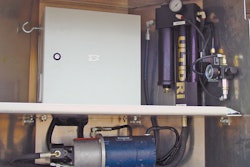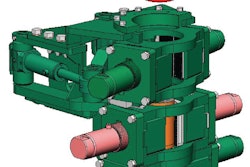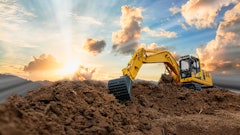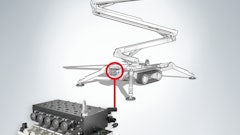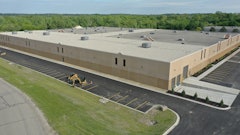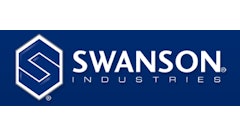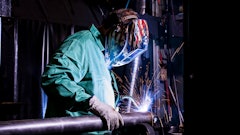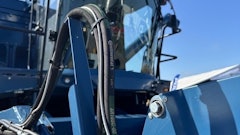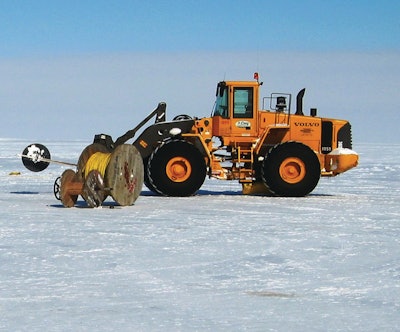
Getting the job done in some of the toughest places on Earth — from the frozen Alaska tundra to the front lines in Iraq — have been made safer, more efficient — and in many cases possible — by rugged mobile on- and off-highway equipment. As those machines and their various systems have become more reliable, they are finding new work: In Antarctica, modified farm tractors used by the U.S. Antarctic Program’s South Pole Traverse team haul supplies from the coast to Amundsen-Scott South Pole Station, a two-week trip.
Systems such as hydraulics are only as dependable as the individual parts. In this edition of the Fluid Power Series, we’ll take a look at a few unique applications for fluid conveyance products.
Frozen Tundra
Distributor request leads to new cold-weather hose.
The new 772LT spiral hose from Parker Hannifin Corp. is designed to work to -70 F without loss of performance, reducing downtime and increasing productivity for machines that operate in extreme cold environments.
“This opportunity was recognized by our distributor partners in Alaska,” says Greg Reardon, business development manager, Parker, “who saw that their customers were changing their hoses a lot in cold conditions. We needed a hose that would get down to -70 F.”
While Parker’s 772LT hose is engineered specifically for high impulse, heavy-duty applications (primarily, oil/gas drilling equipment) in the Arctic Circle and northern Canada, Reardon can see other applications in snow plow trucks or trail groomers. While end-users and OEMs may not need the -70 F rating, they might appreciate the extra protection against bursts that the hose can provide.
The hose’s patent-pending design incorporates four-spiral steel wire reinforcement that provides longer life than standard braided hose. Rated up to 4,000 psi, the no-skive hose is compatible with petroleum-based hydraulic fluid and lubricating oils. With a nitrile synthetic rubber inner tube and MSHA-accepted abrasion resistant synthetic rubber cover, the 772LT hose has an operating temperature range of -70 F to 212 F.
“On the tundra, when a hose bursts due to the cold, it is a major process to clean it up and get a replacement,” says Reardon. “It is not as easy as it would be in Chicago. The unique conditions make hose integrity very important.”

